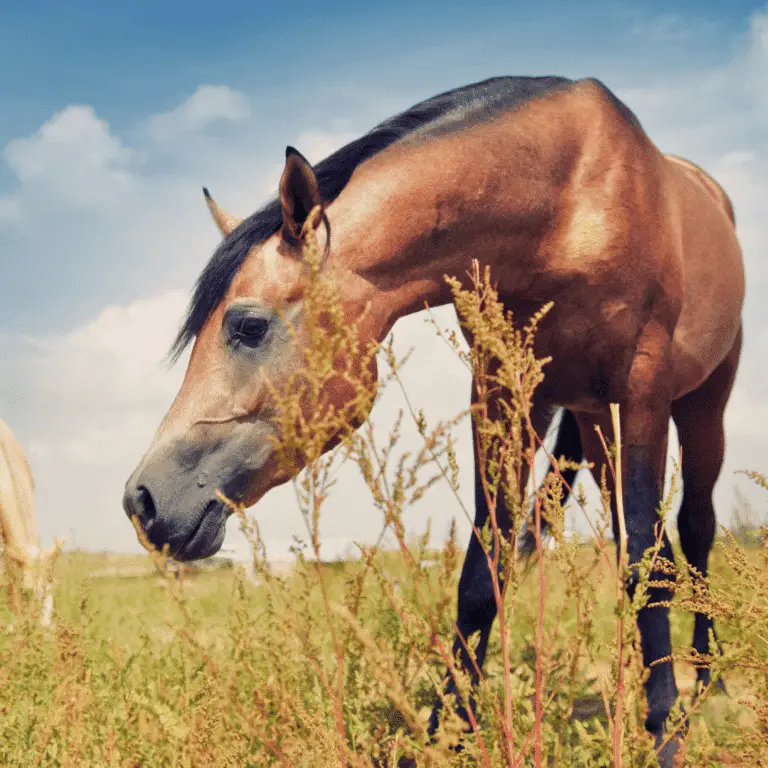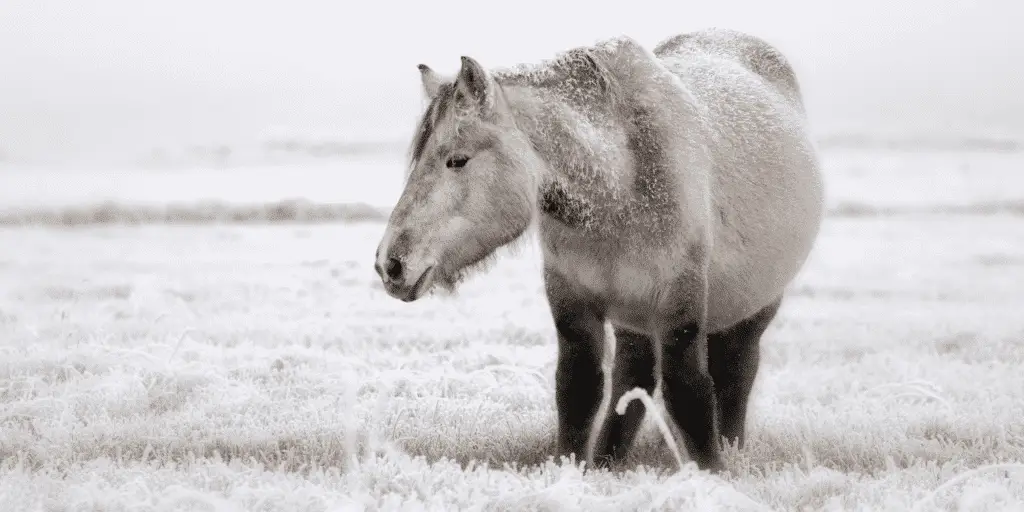
Anhidrosis in Horses
Anhidrosis in Horses Seek veterinary advice if you suspect this disease. Anhidrosis in horses, also known as “dry coat syndrome”

Seek veterinary advice if you suspect this disease.
Frostbite in horses is a serious condition that occurs when the tissue freezes due to exposure to extreme cold temperatures, commonly affecting the extremities such as the ears, tail, and lower limbs. The initial stages of frostbite may include skin discoloration, swelling, and coldness in the affected areas. As the condition progresses, the affected tissue may become numb and eventually turn pale or blackened due to tissue death. Severe frostbite can lead to permanent damage, including tissue loss and impaired circulation, which may necessitate veterinary intervention such as wound care and supportive therapy. Prevention through proper shelter, blanketing, and avoidance of prolonged exposure to cold weather is crucial in mitigating the risk of frostbite in horses.
While it is a serious issue when it does occur, it is overall a very rare occurrence in healthy adult horses. Foals or old horses are more likely to suffer during extreme cold weather.
Treatment for frostbite in horses typically involves gentle warming of the affected area, gradual thawing to prevent further tissue damage, and providing supportive care to promote healing. This may include moving the horse to a warmer environment, wrapping the affected area with warm, dry towels or blankets, and avoiding rubbing or massaging the frostbitten tissue.
Veterinary examination and care are essential to assess the extent of the damage, manage any complications such as infection or tissue necrosis, and provide appropriate medications or therapies to support healing.
Additionally, preventive measures should be taken to avoid re-exposure to cold temperatures and to promote overall horse health and well-being.
Preventing frostbite in horses involves several key measures, including providing adequate shelter from cold and windy conditions and ensuring access to clean, dry bedding in stalls or shelters.
Additionally, maintaining proper nutrition and hydration is essential to support overall health and resilience to cold temperatures. Regular monitoring of horses for signs of discomfort or cold stress, such as shivering or seeking shelter, can help identify and address potential issues before they escalate. Lastly, minimizing exposure to extreme cold, particularly during severe weather events, and providing access to sheltered areas for protection are crucial preventive strategies.


Digital health management offers numerous benefits in modern equine healthcare.
With the Happie Horse App, you can track symptom patterns and body values, such as Temperature, Pulse and Respiration. Allowing you to notice abnormal changes in body and behaviour early on, leading to more successful treatments.
The Happie symptom checker allows you to add all of your horse’s abnormal symptoms in order to present potential causes and diseases.

Anhidrosis in Horses Seek veterinary advice if you suspect this disease. Anhidrosis in horses, also known as “dry coat syndrome”

Heat Exhaustion in Horses Seek veterinary advice if you suspect this disease. Heat exhaustion in horses is a milder form

Heat Stroke in Horses This disease is life-threatening and should be treated by a veterinarian swiftly. Heat stroke in horses